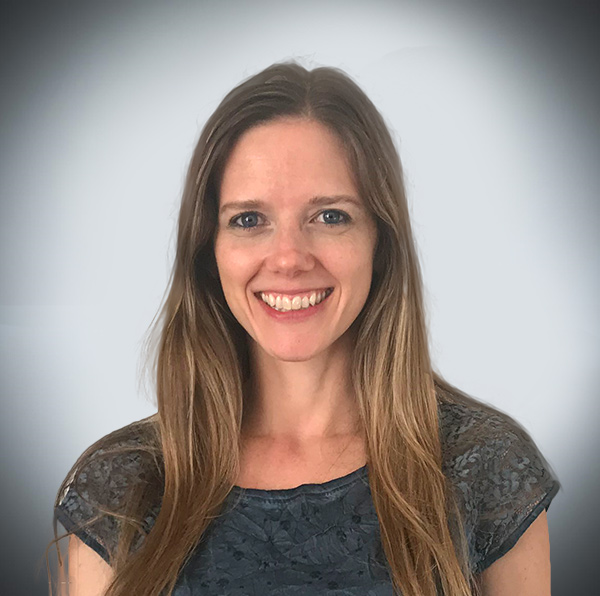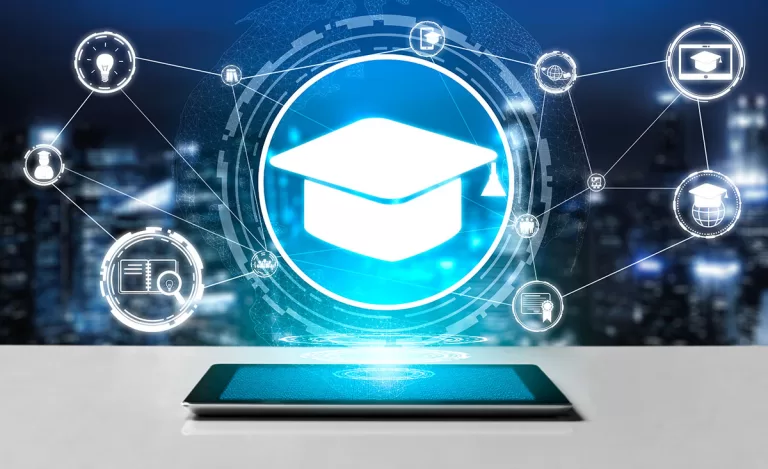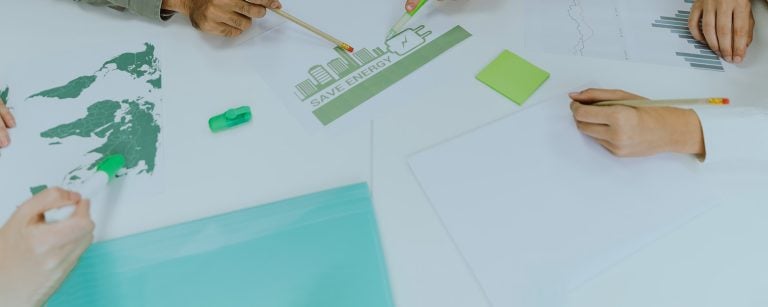Shifting Mindsets: Leading students to take sustainability to the next level
Claudia Tridapalli, sustainability engineer and DBA student, poses the question: How can higher education institutions lead students to take sustainability to the next level?
What is Sustainability? You can do a simple exercise asking people around you what their understanding of this concept is to see the variety of different interpretations and opinions they have. Although most people are familiar with this word, few can really describe what it encompasses. Even among experts, there is not necessarily a consensus, especially on how to translate it into practice. It is a concept in constant evolution, with an increasingly important role in preparing business students to tackle the big and complex problems that our society faces today.
This context allows for plenty of opportunities for fruitful and productive conversations when bringing sustainability into the classroom. It can trigger deep self-reflection on personal habits and polemics on business decision-making. It is great to see the level of thinking students use when working with real cases involving well-known and admired companies, while dealing with tough and controversial decisions. You can see how their minds start to open to a new level of awareness around the impacts business decisions can have. Teachers also have many real sustainability strategies to use for reference, and each one of those strategies reflects how an organization is finding its own way around this issue.
All this variety of content brings an extra and very important challenge to overcome: If we do not necessarily have a consensus on how to make sustainability a reality in practice, how can we deliver a clear and consistent message to students? Is this even possible? People usually look for the perfect recipe to achieve excellence, and in the case of sustainability, we are not there yet. The goal of having sustainability in the education curriculum is not just to have students with high technical knowledge on the topic, but to take them beyond that. An effective school program for sustainability needs to prepare students to think, question, and embrace the uncertainty, participating in shaping what sustainability will look like in the future. We definitely do not have the final answers, and it is the students who will be the ones finding better ways to describe, interpret and implement smart solutions.

New Generation, New Sustainable Mindsets
It is very common to hear how the new generation is already showing more awareness of and motivation towards these changes. It is not hard to find examples of 6-year-old kids teaching adults how to separate materials to recycle at home, just as they have learned in school. In 2007, the United Nations Global Compact already noted, through its Principles for Responsible Management Education, how academia has an important role in the change towards sustainability, helping to shape the behavior of our future leaders. Integrating this matter into a school curriculum is not something new, and we can find different frameworks, ideas, and research on ways of achieving this, from kindergarten to higher education.
One of the difficulties faced by educators is the broad and interdisciplinary nature of the field of sustainability. Some argue that creating one specific course to teach this topic will not deliver the expected results, and that it should be spread out, embedded in most (if not all) other courses. If you are teaching marketing or finance, you could use sustainability as a lens to create your content. This allows students to get a deeper knowledge of what sustainability actually encompasses, while also encouraging them to apply the concept to varied scenarios and situations, creating the new experiences and memories that will shape their future professional and personal behavior.
Consistently incorporating sustainability into so many different classes is not an easy task. Even schools that have already developed a framework for this still need to take into consideration the issue of academic freedom and the right of teachers to choose which topics and approaches they want to use in the classroom. Overly prescriptive instructions from the institution on how to bring sustainability into class could impinge on free thinking, inadvertently blocking the exploration of ideas that lead to new knowledge and other advances. Teachers are the experts in their fields, and their methodology, beliefs, and experiences should shape the format and content of their classes. In this scenario, a lot of what students learn today about sustainability comes from the motivations and beliefs each educator has, which leads us to the vital question; How willing are business professors to include sustainability as a key aspect of their classes?
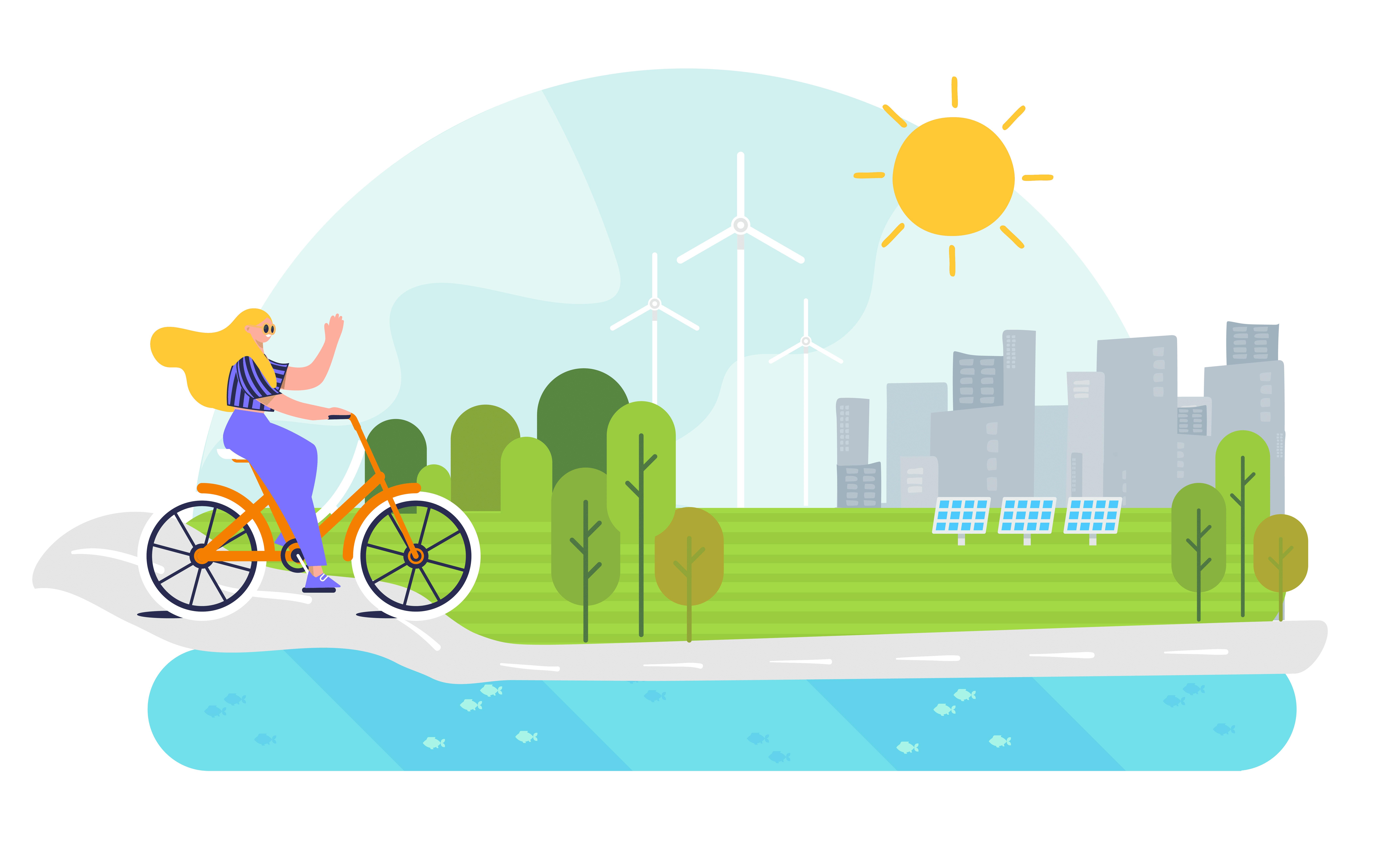
Sustainability Focus Group Discussions
Geneva Business School has conducted focus group discussions amongst its faculty in all subject areas to learn about their attitudes, intentions, and behaviors when it came to incorporating sustainability in the classroom. Participants showed a very good understanding of the holistic approach of sustainability, including environmental, social, and economic aspects, as well as agreeing with the importance of including it in business education. Many mentioned how this topic should be presented simply as the right thing to do, either in terms of ethics or in terms of business.
It was clear that students should be encouraged to keep the connection with the economic pillar, pushing them to make the business case for sustainability. This is an important approach that can challenge the preconceived beliefs of students. Many arrive with the misconception that sustainability relates to just doing good for the planet and the people, not appreciating the link with the economic aspect. This leads to the emergence of two groups of students: the ones who believe it is the role of businesses to do good things, and the ones who believe that it is secondary to the objective of making a profit. Introducing exercises that show the results of migrating from the old format of focusing on shareholders’ needs to the more recent approach of meeting stakeholders’ needs allows both groups of students to better understand what sustainability can mean and bring to a business. As mentioned by one faculty member, “there is a need to always keep this conversation going,” bringing the topic for discussion, but allowing students to form their own opinions, unlocking their curiosity, and making them think through different scenarios.
The focus groups offered no consensus on which courses should give attention to sustainability. Some faculty agree that it should be in all classes at different levels, and others believe that it depends on the type of class. Academic freedom, as expected, is highly appreciated by everyone, although it is recommended that the school provide guidance on what sustainability means, and what is expected to be incorporated in their classes. Some institutions have already established frameworks or requirements to follow on this matter, such as Nottingham Business School developing a process to map relevant sustainability skills and emerging issues to apply across different levels of the program, and Victoria University of Wellington which is using the United Nations 17 Sustainable Development Goals as their guide.
Lambrechts et al., in their work on how to incorporate sustainability competencies in higher education, have warned, however, of the risk of “overkill.” Overuse of the word sustainability can trigger resistance and the perception that this is just a trend that will soon pass. In 2010, for example, sustainability was declared to be one of the jargoniest jargon words by Advertising Age, and many people may feel so tired of hearing about it, that it could block them from doing anything in that direction. We do not necessarily need to use the word sustainability when teaching about it, as it can be incorporated in different ways through discussions of “the right and smart way of doing business.”
Good communication and collaboration between faculty members are also critical. If they are all bringing this topic into their classes, then action needs to be taken to avoid possible overlaps, and actually use it as an opportunity to create initiatives that can break the common silos between different disciplines. We know that in practice, different expertise is interdependent and interconnected, and we need to find innovative ways of reflecting that in the classroom. How about bringing ethics and sustainability classes closer together, or using project management classes together with marketing to implement sustainability strategies? This is a field that still has many opportunities to be discovered, and schools need to provide mechanisms that can foster this collaboration.
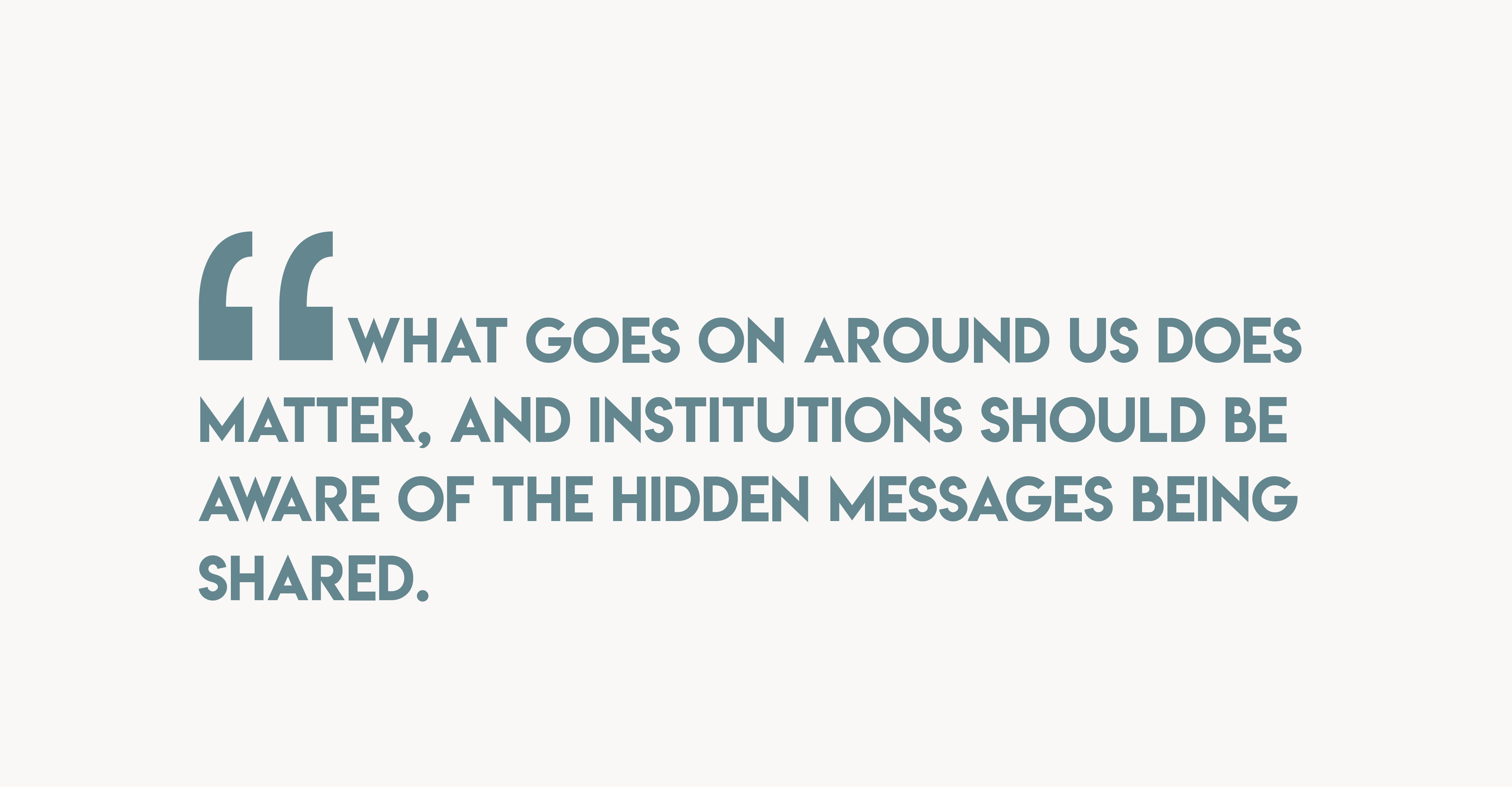
Schools should also establish a culture of sustainability. This goes beyond developing an explicit framework or specific rules, and includes initiatives such as reduced use of paper or energy consumption, setting behavior standards by example, adding to the hiring process a way of finding people connected with the purpose, and embedding sustainability within both internal and external branding. Neuroscience tells us that we have a limited capacity for attention, and we choose where to focus based on very complex internal decision-making processes. Nevertheless, studies also find that more than 90% of what we do is automatic, and the information around us, even when we decide to not pay conscious attention to it, still is being captured and processed by unconscious mechanisms. What goes on around us does matter, and institutions should be aware of the hidden messages being shared.
The most popular way for faculty to bring sustainability into the classroom is through activities based on current issues, either from business news or case studies. Many focus on ethics and social issues, as well as bringing stakeholders’ perspectives into decision-making (rather than the conventional perspective of just shareholders). This is a great way of showing how practical problems being faced today can enrich the experience of students and is a must-have throughout the different courses.
If we put too much focus only on current issues, are we really preparing the students for the future? What are we missing if we prioritize what is happening today or happened in the past? We found, for example, that faculty did much less on the environmental aspect, which could be either due to a lower number of scandals or polemical issues around this topic, or lower technical knowledge from the faculty about this aspect. Either way, there must be a system in place to avoid excessive dependence on the knowledge of this subject amongst faculty members from different expertises, and on the current issues happening in the business world today to be able to offer a complete education on this matter.
It is still important to provide at least one specific course that will give the students an overall deeper knowledge of what sustainability is, and what it could represent to businesses. It would act as the glue that holds together all the other courses that touch any aspect of this concept. It should give clarity to the students on how to technically develop and implement a robust sustainability strategy for any type of industry. Lambrechts et al. and Visser and Courtice have identified the individual characteristics, skills, and knowledge linked to sustainable leadership. The list of competencies should support the development of an effective course or program on sustainability, but more than that, it should inspire the creation of new mindsets.
A Blueprint for Facilitating Change
There are three key areas that should be taken into deep consideration when building content that will lead students to achieve a higher level of understanding and become changemakers:
Mental Models:
When teaching this subject, in the first class, I give students a simple exercise. I ask them to write the first two words that come to mind when thinking about sustainability. It is a first step to detecting their initial mental models, the beliefs and perceptions we all have built inside of us. Until now, in all groups I have taught this course so far, the number one word by far is “environment”. Most people still associate this matter with only saving the planet, or with climate change. And yes, it is all part of sustainability, but the concept goes much further than that.
It is essential to give the technical knowledge that creates a baseline of students’ understanding. Some basic concepts such as the triple bottom line, and the more recent framework around the 17 Sustainable Development Goals (SDGs) are mandatory knowledge for any professional from the business world. High-level executives do not have to necessarily be experts on everything they manage, as they count on specialists for guidance and execution. The sustainability field, though, demands a higher level of knowledge due to its complexity and uncertainty. A study showed that board members who proactively looked to get more educated on sustainability generated better CSR results. Learning the current frameworks is a crucial part, but a transformative education brings the message of “we are not there yet.” It should inspire the students to look for a better and improved version of what is known today and to envision how sustainability could look in the future.

Most of our mental models are actually unconscious, and we are not aware of how much they can actually influence our decisions and actions. More than testing how much a student learns technically, it is important to also find ways of detecting those hidden beliefs that are not necessarily true. Common mental models associated with sustainability include that it is more expensive, it takes longer, it is too hard, and that individual actions do not really make a difference. These points of view can hold some truth and are often reinforced by those around us sharing the same beliefs. Decisions in our brain go through prediction processes by capturing the information around us, comparing it to internal neural models, and deciding on how to respond to it. We can get stuck on past experiences and mental models, limiting us from seeing other possible perspectives and blocking us from action. When identifying those beliefs in a group of students, faculty can tailor the course towards demystifying them by bringing real and practical examples that can show a different perspective.
Systems Thinking:
This is a trait that appears in pretty much every research about the competencies needed for sustainability. Systems thinking still does not come naturally to most people, as we were educated to see things in a linear and mechanistic way. The concept of Circular Economy starts to challenge that view, by making businesses look at opportunities to close the loop on materials by finding alternatives to reuse, repair, remanufacture before even thinking about recycling, and leaving disposal as the last option. This breaks the concept of linearity, it brings the view of circularity and how all the different actors are connected in a system. There is an interesting exercise to apply with students to explore this way of thinking. Suggested by the Ellen McArthur Foundation to bring awareness to the circular economy model, the activity consists of arranging a set of cards inspired by nature with images of specific animals, the sun, water, and other elements, and finding a logic in how these parts work as a system. The results are amazing to watch. Students initially struggle with the complexity and find only a linear logic to make sense of it. It is a mind-opening exercise to see the possibility of a complex system working in a loop where no waste occurs in the process.

This notion is essential to capturing the concept of sustainability: that a business is part of a bigger system, and that it is interconnected with other parts, each playing an important role that together results in the behavior of the whole system. It brings awareness of the shared responsibility to solve this complex problem that sustainable development presents. It is important to generate in the classroom an open environment for students to share opinions, encourage criticism, and create productive discussions. With that in mind, it is very common to hear students pointing the responsibility to only one part of the system. The government is most often blamed, or sometimes the behavior of consumers, or the capitalist system, among others. Through practical examples, such as case studies, educators should bring light to students’ minds to see their own responsibility, as a business professional and as an individual. The Sustainable Development Goal 17 (Partnership for the Goals) talks about collaboration, and how we can only solve this problem by taking a step back, looking at the whole system, and creating partnerships that will take the best out of different parts. It is a good idea to find opportunities to make students put this into practice, by conducting for example, real projects in collaboration with private and public sectors.
Systems thinking also provides a base to the art of managing uncertainty and trade-offs. Complex systems impose the challenge of understanding the outcomes that a change in just one part can generate. This exemplifies much of what it is like to work with sustainability, which cannot be seen as something static that you achieve someday and you are done. It is a dynamic process that is evolving in a dynamic world, where the exact consequences of our decisions and actions cannot be fully understood. The exercise of making tough decisions that can impact positively and negatively at the same time is a must-have as preparation to work in sustainable development.
Motivation:
What motivates you in a way that makes you forget about everything else? Now, bring back to your mind the last time that happened, and what was the feeling inside of you. We are highly driven by emotions and search for things that make us feel inspired and engaged. Much research points to how people are becoming more conscious and motivated to act towards sustainability, but in practice that intention is not being translated into action. A study found that even in people who say they care and want to act on sustainability issues, the area of their brains associated with the rewarding system was not activated. Further research needs to be done to better quantify what percentage of the population this reflects, but it points in a direction that we have so far missed. Can sustainability really get us motivated, activating our reward system and generating productive emotions?
We all know people are different and research, for example, shows that some of us can feel rewarded by altruism or by social interactions, although that does not happen for everyone. George Marshall described the experiences of leaders such as Jochen Zeitz, former chairman of Puma, that after an experience in a monastery was inspired to develop a valuation for environmental impact, or H. Lee Scott, former CEO of Walmart, who had a climate change “epiphany” when on a field trip to learn about how global warming impacts maple trees. More than bringing technical knowledge to our future leaders, we need to learn how to provide experiences that lead to an understanding of the problem on an emotional level. Our brain also has limitations in connecting to problems far away from us, so the message needs to be brought to a personal level, and to how we are all part of this same system. There is a need to develop new and innovative ways of achieving this by providing immersive experiences. Gamification and virtual reality can be great ways of creating opportunities for this.
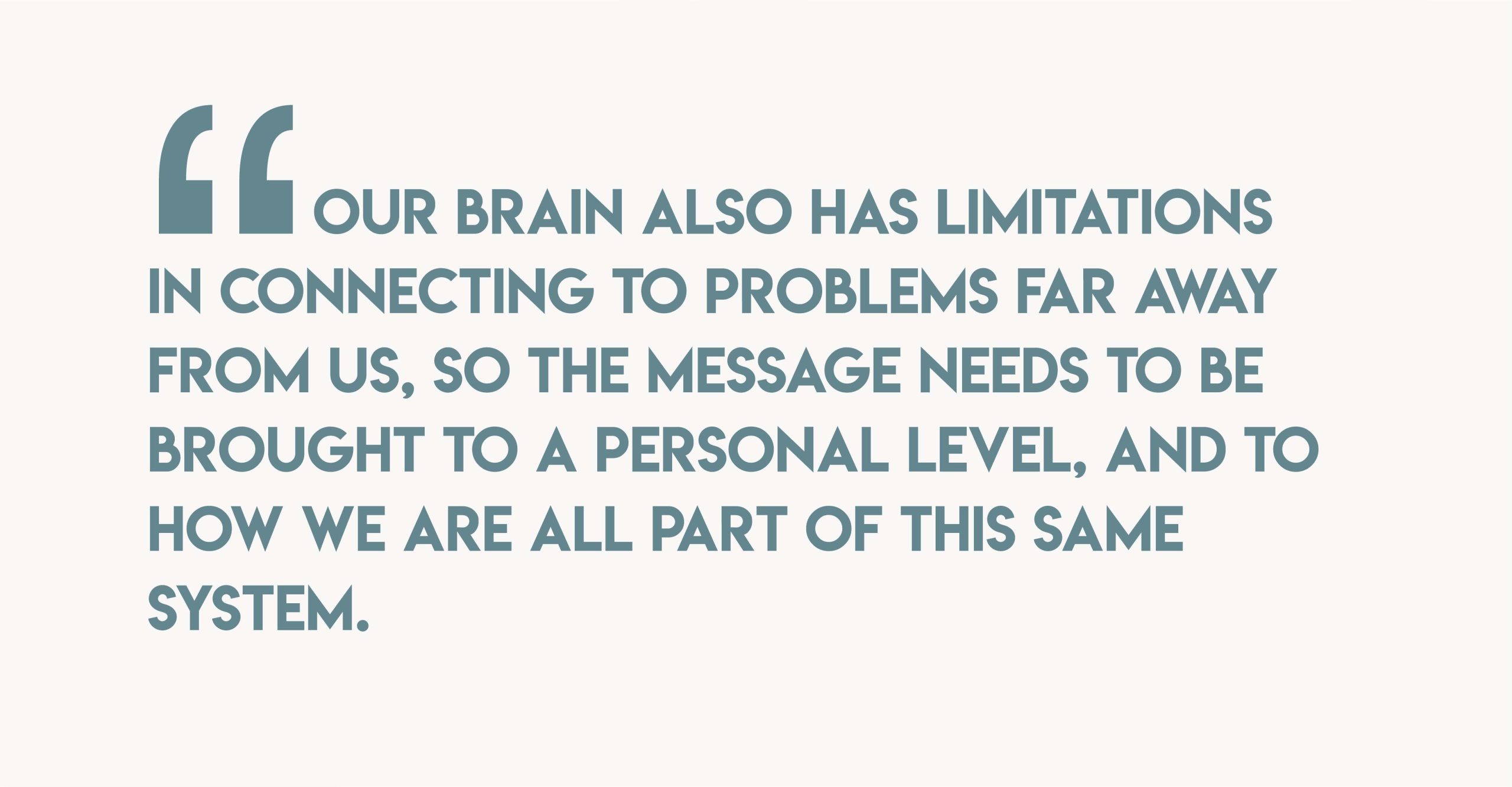
At the same time, the ambition of having everyone motivated by the same ideals is too utopian, and parallel strategies need to be developed. In our decision-making processes, the cost of every action is taken into account, and we need also to invest in finding ways of reducing complexity when integrating sustainability. Let us look for examples to show our students how it can be easy, effortless, and automatic. Let us also challenge them with what today is still not simple, presenting them with the challenge of simplification, exercising problem-solving and creativity.
There is no one single solution to such a broad challenge. We have come a long way, evolving with the concept of sustainability, better understanding the impacts our actions can have, and how to set smart strategies to pursue sustainable development. We must now keep our humility, being aware that there is a lot we still do not know. There are so many young, bright and fresh minds among us, highly motivated by complex and difficult problems. We need more minds working together, prepared to take a look at the situation with different and new perspectives. To get there, a mix of strategies and methods should be applied in the classroom, leading to shifting mindsets, deconstructing unproductive beliefs, creating motivations, and leading our future leaders to take sustainability to the next level, which today we can not yet imagine.
Article written by Claudia Tridapalli
References
Galbreath, J. (2018). Do boards of directors influence corporate sustainable development? An attention”based analysis. Business Strategy and the Environment, 27(6), 742-756.
Lambrechts, W., Mulà , I., Ceulemans, K., Molderez, I., & Gaeremynck, V. (2013). The integration of competences for sustainable development in higher education: an analysis of bachelor programs in management. Journal of Cleaner Production, 48, 65-73.
Marshall, G. (2015). Don’t even think about it: Why our brains are wired to ignore climate change. Bloomsbury Publishing USA.
Rusinko, C. A. (2010). Integrating sustainability in higher education: a generic matrix. International Journal of Sustainability in Higher Education.
Vezich, I. S., Gunter, B. C., & Lieberman, M. D. (2017). The mere green effect: An fMRI study of pro-environmental advertisements. Social Neuroscience, 12(4), 400-408.
Visser, W., & Courtice, P. (2011). Sustainability leadership: Linking theory and practice. Available at SSRN 1947221.




